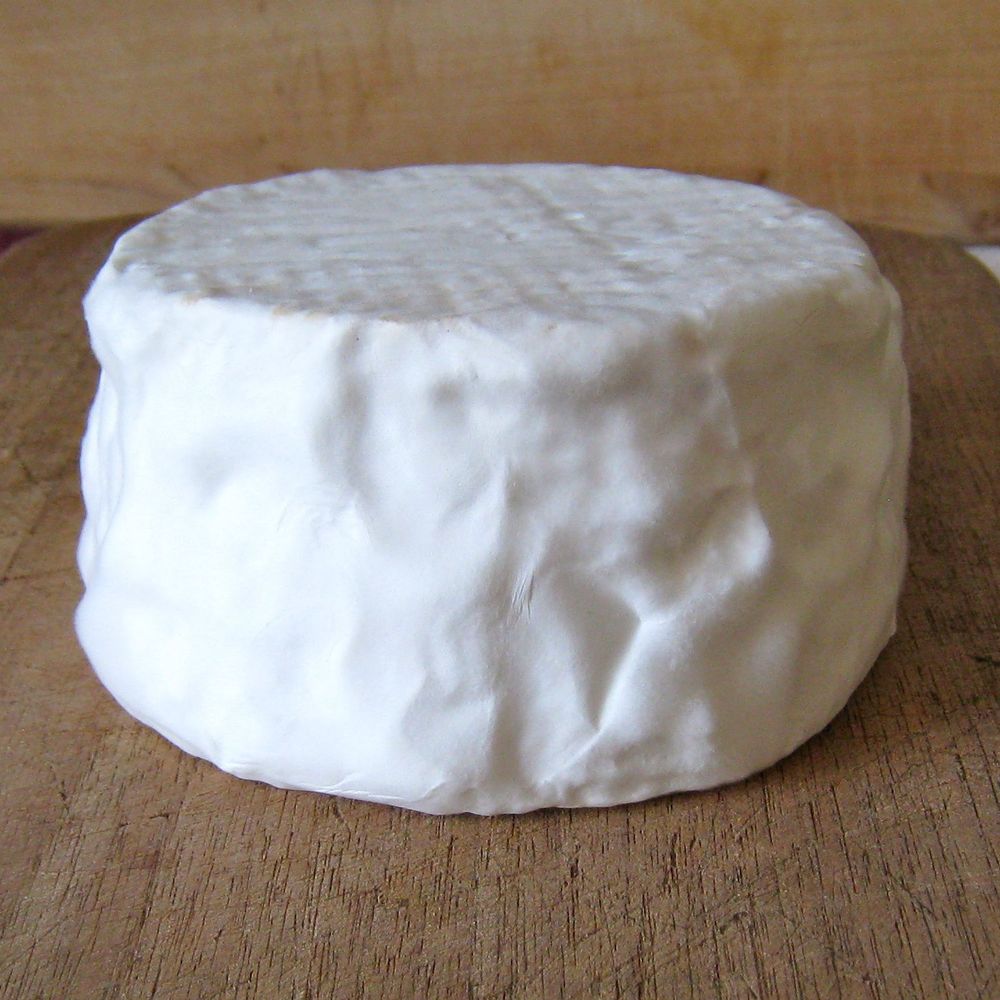Camembert cheese

A version of this recipe also appears in my book, The Lost Arts of Hearth and Home.
<br />
<br />Camembert cheese has a fussy reputation it doesn’t necessarily deserve. In some ways, it’s one of the simplest ripened cheeses to make at home: you don’t need a cheese press, and you don’t need a specialized curing chamber to ripen it. It conveniently ripens at ordinary refrigerator temperatures.
<br />
<br />A layer of mold growing on the outside—the “bloomy rind”—is what gives Camembert its distinctive texture and flavor. The digestive enzymes in the mold break down the cheese curd, creating a creamy soft cheese inside an aromatic fungal rind. So, not only do you get to grow enchanting gardens of mold and bacteria, but that mold transforms the cheese so completely you’ll feel like a bit of an alchemist when you present your guests with creamy, melting slivers of homemade Camembert!
<br />
<br />Another feature: traditional raw-milk Camembert cannot be sold in the United States. If you have a source of high-quality raw milk, you can have your own raw-milk Camembert without traveling to France.
<br />
<br />You can easily find your cheese cultures and rennet online. Try Cultures for Health or the New England Cheesemaking Supply Company. Get a packet of either Flora Danica or Mesophilic Type B cheese culture. You’ll also need a packet of Penicillium camemberti mold spores (also called P. candidum) and a bottle of rennet. Store the cultures in your freezer until you’re ready to use them, and keep the rennet refrigerated.
<br />
<br />Next, find a lidded box or plastic tub at least 8 by 12 by 4 inches, and get three small reed mats. The reed mats sold for rolling sushi will work perfectly. Cut or fold one of the mats to fit neatly on the bottom of your plastic tub. Also, get a piece of fine-mesh cheesecloth, about 1 yard square. Most cheesecloth in stores has a very large open weave. You could use this kind if you layer it several times. A fine tea towel, pillowcase, or large napkin would also work well. You’ll also need an ordinary kitchen thermometer that measures between 30 and 100 degrees Fahrenheit.
<br />
<br />You’ll then need to make a pair of cheese molds. Look for a cylindrical plastic jug, quart-size yogurt container, or aluminum can—something about 5 inches in diameter and 6 inches tall, with straightish sides (if the sides are slightly angled, your cheese will just be somewhat less perfect looking). Cut the bottom out of the mold so it’s open on both ends, and trim it so the cut edge is smooth and level. Then poke large holes in the sides of the container with a clean nail or other sharp device, every inch or so. Poke the holes from the inside out, so the interior of the mold stays smooth. You can also buy proper Camembert cheese molds, but I wouldn’t suggest investing in them until you find yourself making a lot of cheese.

Comments